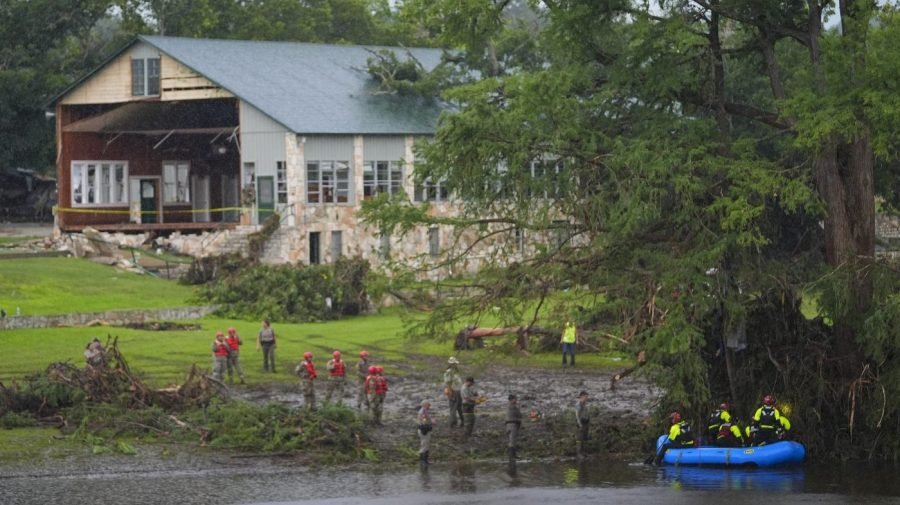The National Oceanic and Atmospheric Administration (NOAA), which houses the National Weather Service (NWS), lost hundreds of staffers to Trump administration cuts, and positions within the NWS were among them.
The Austin/San Antonio Weather Service office’s warning coordination meteorologist, who organizes alerting the outside world about agency forecasts, took a Trump administration buyout in April. The office’s Science Operations Officer, who implements new technology and data, also retired around the same time.
Rick Spinrad, who led NOAA during the Biden administration, said the office’s forecasters still did well, but that staffing-related issues could be causing communication problems.
“I do think the cuts are contributing to the inability of emergency managers to respond,” Spinrad said.
“The Weather Service did a really good job, actually, in getting watches and warnings and … wireless emergency alerts out,” he told The Hill on Monday. “It’s really a little early to give a specific analysis of where things might have broken down, but from what I’ve seen, it seems like the communications breakdown in the last mile is where most of the problem was.”
He particularly pointed to the absence of a warning coordination meteorologist.
“Information went out with significant lead time of several hours, and yet no action was taken,” Spinrad said.
“When you send a message, there’s no guarantee that it’s received, so someone needs to follow up,” he said. “In the weather forecast offices, the one who follows up with that is the position called the warning coordination meteorologist. And guess what, there is no WCM in the San Antonio/Austin weather forecast office, because that’s one of the positions that was lost in the cuts from this administration.”
President Trump said staffing cuts didn’t impact the handling of the incident.
Erica Grow Cei, a spokesperson for the NWS, said the Austin/San Antonio office as well as the San Angelo office “had additional forecasters on duty during the catastrophic flooding event in Texas’s Hill Country during the July 4 holiday weekend” in an email to The Hill.
“Extra staff members from both offices, in addition to the West Gulf River Forecast Center, had extra personnel on the night of Thursday, July 3 into the day on Friday, July 4. All forecasts and warnings were issued in a timely manner,” she said.
Staffing cuts are not the only potential headwind coming for the nation’s meteorologists. In its proposed budget, the Trump administration is calling for broader cuts to research.
This includes eliminating NOAA’s Office of Atmospheric Research and reducing the budget for the agency’s weather research program
It also includes closing the Atlantic Oceanographic & Meteorological Laboratory in Miami, the National Severe Storms Laboratory in Oklahoma and other labs in places including New Jersey, Colorado and Hawaii.
Tom Di Liberto, a former NOAA climate scientist and public affairs specialist such cuts would mean that “we don’t have the data and resources that we need to be able to improve our ability to forecast and communicate these risks.”
Spinrad similarly expressed concerns that the cuts would hamper the administration’s ability to improve.
“The cuts — as proposed — to research guarantee that we will see no improvement to forecasts and services full stop,” he said.
He added that, typically, forecasts “improve by 24 hours every 10 years,” so a “72-hour forecast today is as good as the 48-hour forecast was 10 years ago, and that’s because of the research.”
Read more at TheHill.com.

